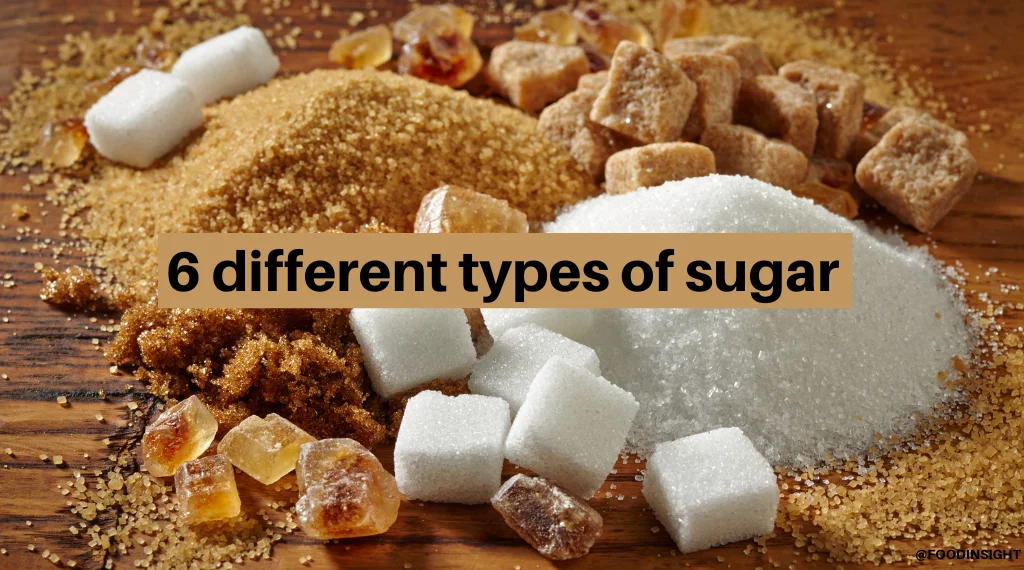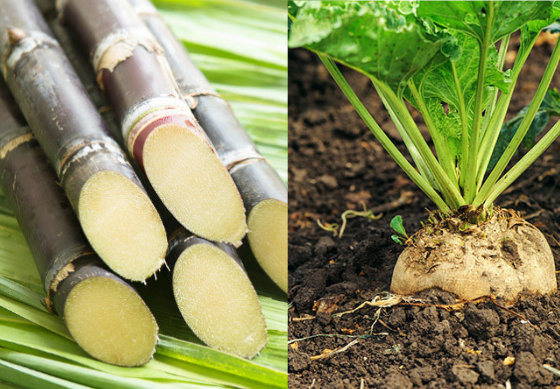Learning about beet sugar vs cane sugar can help bakers decide which fits their lifestyle better.
Learning about beet sugar vs cane sugar can help bakers decide which fits their lifestyle better.
Blog Article
Discover the Uses and Conveniences of Beet Sugar Vs Cane Sugar in Your Daily Diet Plan
Discovering the distinctive high qualities of beet and cane sugar discloses greater than simply their sweetening capacities; it highlights their one-of-a-kind influence on wellness and cookeries. Beet sugar, understood for its subtle flavor, is typically favored in fragile desserts, whereas cane sugar, with its tip of molasses, includes splendor to robust recipes. Each type holds its own dietary profile and glycemic effects, inviting a much deeper understanding of their duties in a well balanced diet plan and sustainable consumption practices.
Origin and Manufacturing Procedures of Beet and Cane Sugar

The unique environments and soil kinds needed for expanding sugar beetroots and sugarcane add to distinctions in their cultivation methods and geographical distribution, affecting the business economics and sustainability of their production. beet sugar vs cane sugar.
Nutritional Contrast In Between Beet Sugar and Cane Sugar
In spite of originating from various plants, beet sugar and cane sugar are nutritionally extremely comparable, both mostly containing sucrose. Each provides concerning 4 calories per gram, equating to roughly 16 calories per tsp. Structurally, both sugars are composed of approximately 99.95% sucrose, with marginal amounts of various other materials like moisture and trace element, which do not dramatically alter their nutritional profiles.

Eventually, when choosing between beet sugar and cane sugar based upon nutritional web content alone, both offer similar advantages and disadvantages as they are essentially kinds of the exact same particle-- sucrose, offering fast power without other nutrients.
Impact on Health And Wellness: Glycemic Index and Caloric Content
Checking out further right into the impacts of beet sugar and cane sugar on health and wellness, it is essential to consider their glycemic index and calorie content. Both sugars are categorized as sucrose, which is composed of sugar and fructose. This structure leads them to have a comparable influence on blood sugar degrees. The glycemic index (GI) of both beet and cane sugar is around 65, categorizing them as high-GI foods, which can cause fast spikes in blood sugar levels. This is a vital facet for people handling diabetic issues or those attempting to stabilize their energy levels throughout the day.
Each sort of sugar consists of about 4 calories per gram, making their calorie web content matching. For those keeping an eye on caloric intake, especially when taking care of weight or metabolic health and wellness conditions, understanding this equivalence is vital (beet sugar vs cane sugar). However, excessive usage of any type of high-calorie, high-GI food can add to wellness concerns such as excessive weight, cardiovascular disease, and insulin resistance.
Environmental and Economic Factors To Consider of Sugar Manufacturing
Beyond wellness effects, the manufacturing of beet and cane sugar also increases substantial environmental and economic problems. Sugar beet growing useful link tends to call for cooler climates and has a lower geographical footprint compared to sugar cane, which prospers in exotic areas.
Additionally, making use of pesticides and fertilizers in both beet and cane sugar cultivation can result in soil deterioration and air pollution, more influencing biodiversity and neighborhood water bodies (beet sugar vs cane sugar). The choice between cultivating sugar beet or cane usually depends upon local ecological conditions and economic factors, making the sustainability of sugar production a complicated problem
Culinary Applications and Flavor Differences
While the environmental and economic aspects of sugar production are certainly considerable, the option between beet and cane sugar also influences cooking applications and taste accounts. Beet sugar, obtained from the sugar beet plant, is understood for its extremely neutral taste. This makes it a flexible component in baking, where it does not alter the taste of various other elements. It dissolves promptly and is perfect for use in cakes, cookies, and breads.
Walking stick sugar, extracted from sugarcane, frequently preserves molasses traces, which give a distinctive splendor and depth. This mild molasses flavor enhances the intricacy of baked goods, sauces, and sauces. It is specifically preferred in products where a sugar undertone is wanted, such as in brownies or gingerbread. The mild variation in wetness web content between beet and cane sugar can impact the appearance and consistency of meals, making cane sugar a recommended selection for particular dishes that profit from its unique residential or commercial properties.

Conclusion
Finally, both beet and cane sugar have distinct origins and manufacturing procedures, offering similar dietary accounts with mild differences in sodium material and flavor. While their influence on health and wellness, particularly relating to glycemic index and calories, is equivalent, the option in between them commonly steams down to ecological, economic browse around these guys variables, and certain culinary requirements. Recognizing these elements can direct customers in making notified choices that straighten with click this link their health and wellness goals and flavor preferences.
Report this page